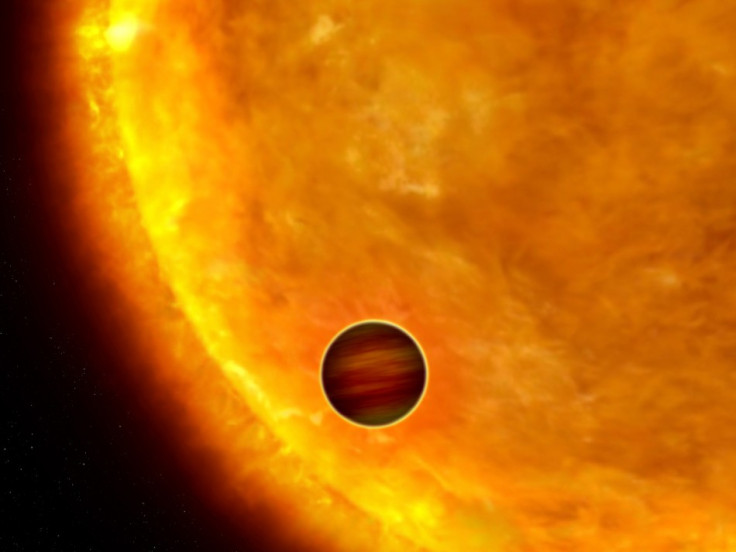HATNet Discovers Four Exoplanets

Scientists discovered four extra solar planets or exoplanets in the first week of January.
These four new planets, known as Hot Jupiters, are quite large. They revolve very close to their Sun-like star and so they are quite hot, compared to the Earth.
The scientists named these planets as HAT-P-34b, HAT-P-35b, HAT-P-36b and HAT-P-37b because they were discovered by Hungarian-made Automated Telescope Network (HATNet).
HATNet is a network of six small fully automated telescopes. The characteristic of this telescope is to detect any extra solar planets by using transit method. It is maintained by Harvard Smithsonian Center for Astrophysics in the U.S.
According to reports, the exoplanets planets revolve around their Sun-like star within 5.5-, 3.6-, 1.3- and 2.8- days respectively whereas the Earth takes 365 days to revolve around the Sun.
Scientists and philosophers had predicted the existences of exoplanets, but they didn't know how far these planets were from Earth or how many of them were there. Now with the latest technology, the scientists are getting to know more about exoplanets.
An exoplanet is a planet outside our solar system. The first exoplanet was discovered in 1992. Most of the exoplanets are large in size and they resemble the Jupiter because their mass is close or exceeds that of Jupiter.
The existence of exoplanets raises another question - Are there any life in them?
People across the world are very much eager to know about extra terrestrial creatures. Scientists believe some exoplanets might have water. If there is water, there is a chance for the existence of life there.
718 exoplanets were discovered in 2011. They were discovered by the Kepler space telescope and the other ground-based space observatories.
© Copyright IBTimes 2025. All rights reserved.





















